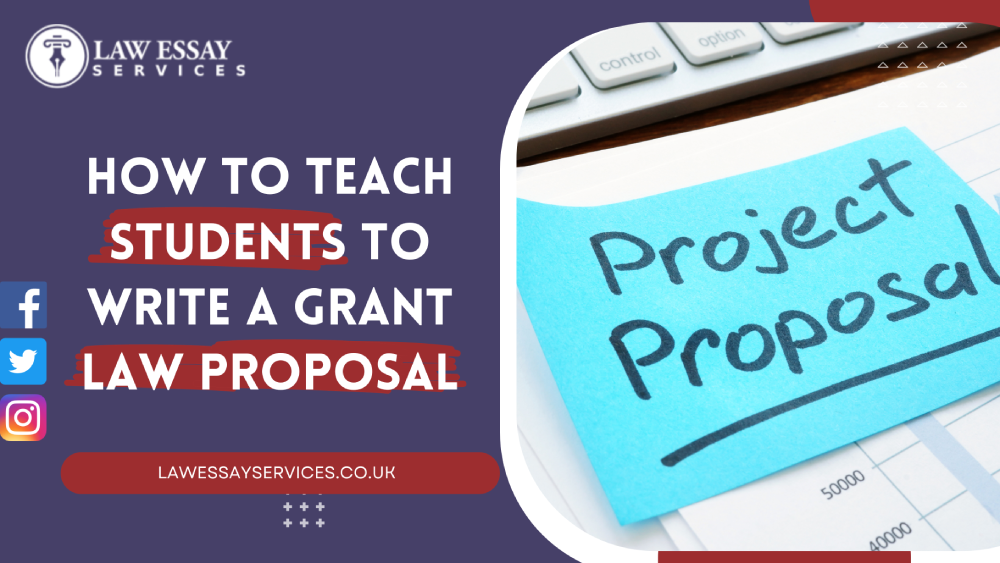How to Teach Students to Write a Grant Law Proposal
Understanding Grant Law Proposals
Grant law proposals are comprehensive documents that seek funding for various initiatives, programs, or research endeavors. They require a meticulous approach, integrating legal expertise with persuasive writing skills to present a compelling case. Teaching students the art of crafting such proposals involves a multifaceted approach encompassing legal knowledge, writing proficiency, and strategic thinking.
Emphasizing Legal Frameworks and Research
Introducing Legal Principles
To initiate students into the realm of grant law proposal writing, an essential foundation in legal principles is paramount. Understanding legislative frameworks, statutes, and the nuances of legal language is crucial. This groundwork allows students to comprehend the boundaries, requirements, and possibilities within grant law proposal writing.
Research Methodologies and Data Analysis
Equipping students with robust research methodologies is pivotal. They should learn to conduct thorough investigations, gather relevant data, and employ analytical tools effectively. This step ensures the proposals are substantiated with credible information, strengthening their persuasiveness.
Developing Writing Proficiency
Structuring the Proposal
A well-structured grant law proposal follows a coherent framework. Educating students on the standard sections such as the executive summary, introduction, project description, budget, and conclusion is essential. Each section serves a distinct purpose, contributing to the overall impact of the proposal.
Embracing Persuasive Language
Effective communication lies at the heart of successful proposals. Students must harness the power of persuasive language, employing rhetorical devices to articulate their ideas convincingly. Mastering this skill enhances the proposal’s ability to engage and sway decision-makers.
Cultivating Strategic Thinking
Understanding Stakeholders and Objectives
Teaching students to identify stakeholders and comprehend their perspectives is vital. Acknowledging diverse viewpoints allows for a more inclusive and comprehensive proposal that addresses various concerns and aligns with overarching objectives.
Simulating Real-world Scenarios
Creating simulated scenarios enables students to apply theoretical knowledge to practical situations. Role-playing exercises, mock presentations, and peer evaluations foster a deeper understanding of the complexities involved in the grant law proposal process.
Encouraging Collaboration and Review
Peer Reviews and Collaborative Efforts
Encouraging peer reviews cultivates a culture of constructive criticism and improvement. Collaborative efforts among students foster collective learning, allowing for diverse insights and refining proposal-writing skills through collective brainstorming sessions.
Expert Feedback and Mentorship
Incorporating expert feedback or mentorship programs enriches the learning experience. Industry professionals or seasoned mentors provide invaluable guidance, offering real-world insights and refining students’ approaches to crafting compelling grant law proposals.
Conclusion
Teaching students to write a grant law proposal encompasses a holistic approach that amalgamates legal understanding, proficient writing skills, strategic thinking, and collaborative endeavors. By instilling these multifaceted competencies, educators pave the way for students to craft impactful, persuasive, and comprehensive proposals in the realm of grant law.

